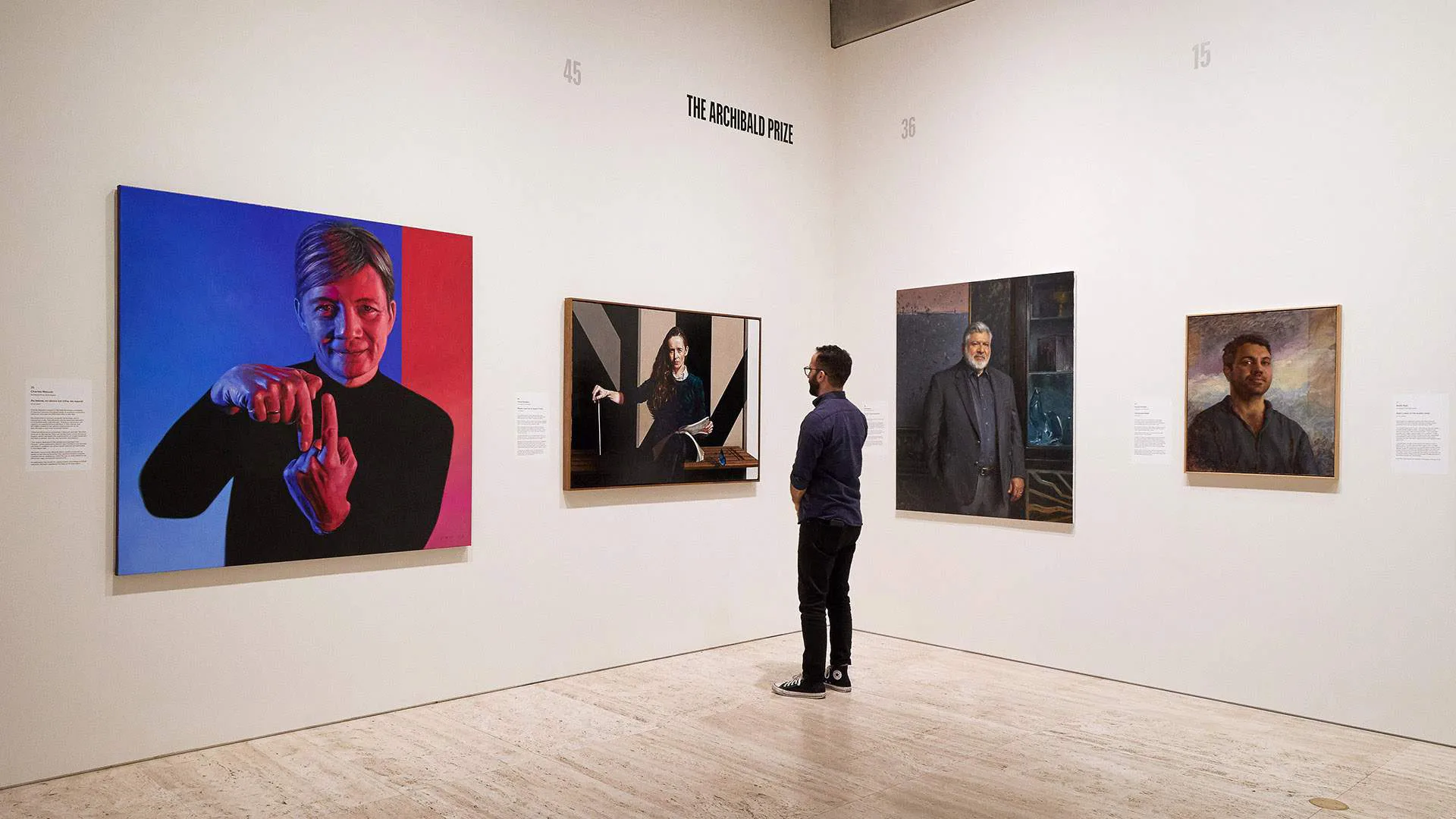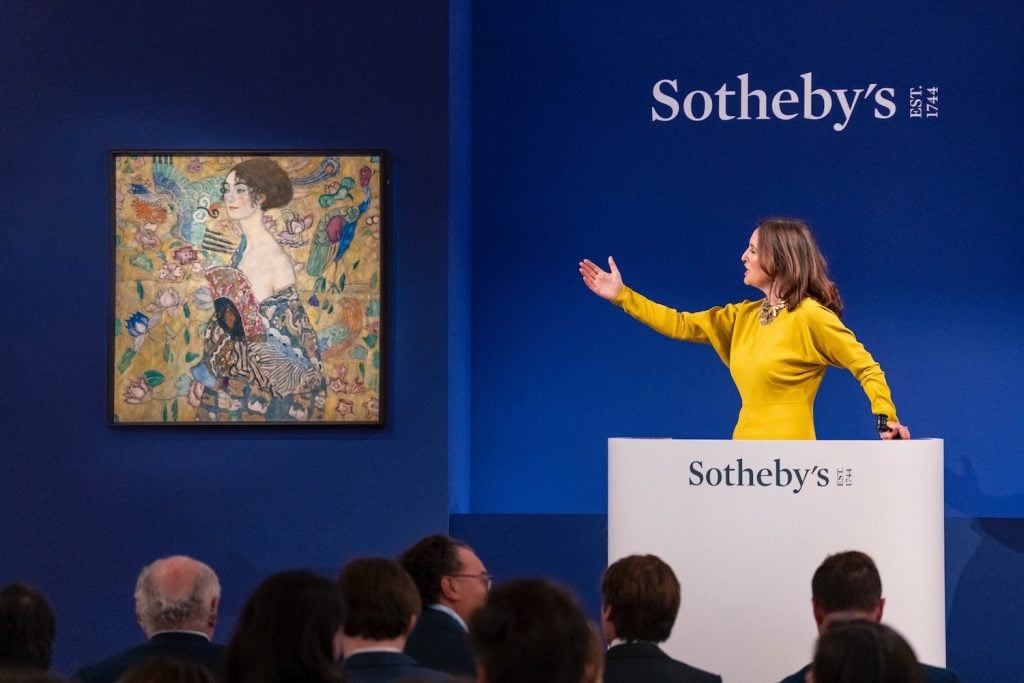The Resurgence of Minimalist Art in 2024
From Radical Movement to Cultural Necessity
In an era defined by digital overload, environmental crises, and relentless consumerism, minimalist art has emerged as both an aesthetic refuge and a philosophical antidote.[1] What began in 1960s New York as a radical rejection of Abstract Expressionism's emotional excess has evolved into one of the most vital and commercially successful art movements of our time.[2] The 2024 art market tells a compelling story; minimalist works by Donald Judd command $20 million at auction, digital minimalist NFTs sell for hundreds of thousands in cryptocurrency[3] and major corporations from Apple to Google build their brands on minimalist principles. This isn't just a revival, it's a cultural reckoning with the very meaning of value in art and design.[4]
Minimalism is exemplified by the idea of "less is more" as first coined by architect Ludwig Mies van der Rohe. This approach involves stripping a design down to its bare essentials, casting aside any elements that do not contribute to the pure beauty or function of an object or space.[5] The minimalist movement emerged in the 1960s as a direct challenge to the dominant Abstract Expressionist paradigm. Where Jackson Pollock splattered emotion across canvases and Mark Rothko enveloped viewers in color fields, artists like Donald Judd, Agnes Martin, and Carl Andre pursued something radically different: art that existed as literal presence rather than symbolic representation.[6]
Judd's precisely fabricated metal boxes, Flavin's arrangements of commercial fluorescent lights, and Andre's grids of industrial bricks weren't meant to express inner turmoil or metaphysical yearning.[7] They were investigations of form, space, and materiality what Judd called "specific objects" that existed somewhere between painting and sculpture. This was art that demanded physical engagement rather than psychological interpretation, where the viewer's experience of moving around a Judd stack or walking across an Andre floor piece became part of the work itself. Judd also tried to explain that what he called "the new work" was in no way minimal, reductive, "anti-art," "ABC art," or any of the other words and phrases (e.g., "Primary Structures") invented to suggest extreme simplicity.[8]
The 2024 Minimalist Art Market: A Comprehensive Analysis of What's Selling
In 2024, minimalist art has emerged as one of the most commercially successful and culturally relevant art movements. While maintaining its core principles of reduction, geometric precision, and material honesty, minimalism has expanded to include surprising new practitioners and formats. This analysis examines the full spectrum of minimalist art sales, from classic works to contemporary interpretations, while maintaining focus on the movement's essential characteristics.[9]
The Blue-Chip Minimalist Market
The foundation of 2024's minimalist market remains the established masters. Donald Judd's 1980 aluminum stack achieved $20.1 million at Christie's (fig. 1), with complete wall-mounted progressions commanding $15-18 million and smaller wall boxes trading at $3-5 million. Agnes Martin's 1977 Untitled 5 grid sold for $12 million at Sotheby's (fig. 2), while her early 1960s graphite works reach $8-10 million and later pastel-hued paintings stabilize at $6-8 million. Carl Andre's 37 Pieces of Work in magnesium brought $7.6 million (fig. 3), with copper floor pieces maintaining $5-7 million valuations. Market analysts note these artists maintain 10-15% annual appreciation, with particularly strong demand for works from the 1960s-70s.[10]
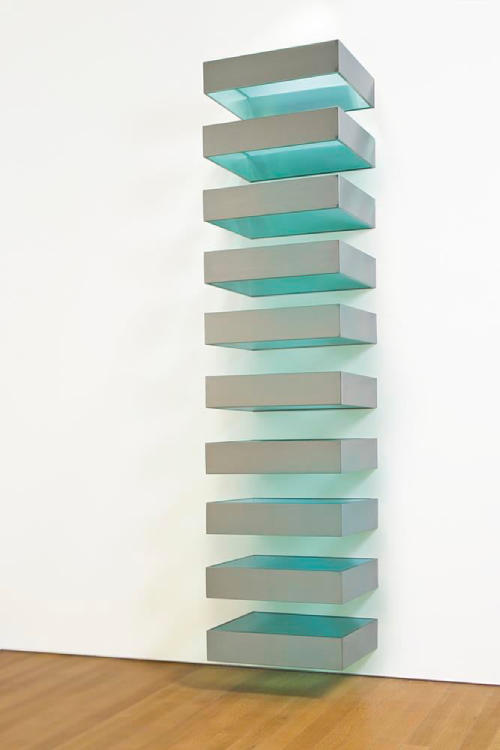
Fig 1: Donald Judd, Untitled (1980): The Paradox of Permanent Aluminum
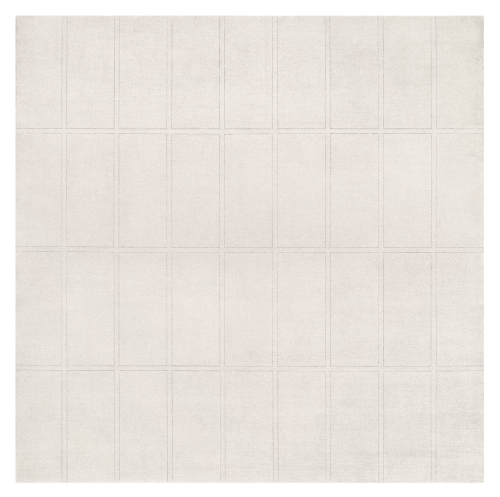
Fig 2: Agnes Martin’s Minimalist Masterpiece: Untitled 5 (1977), Pencil and Acrylic Grid
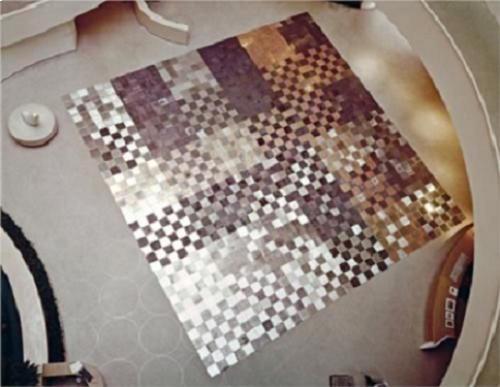
Fig 3: Carl Andre’s Metallic Grid: 37 Pieces of Work (1969), Magnesium Floor Installation
Minimalism's Unexpected Practitioners
The minimalist movement has found surprising champions in artists not typically associated with the genre. Yayoi Kusama's 1959 painting No. F fetched $8.2 million at Sotheby's, while her white Infinity Net series reached $10.5 million in private sales, with demand surging 40% since 2020 (fig. 4). Banksy's Love is in the Bin sold for $23.7 million, his Flower Thrower murals trade for $6-8 million (fig. 5), and Mobile Lovers achieved $4.2 million privately. These artists demonstrate how minimalism's influence transcends traditional boundaries.[11]
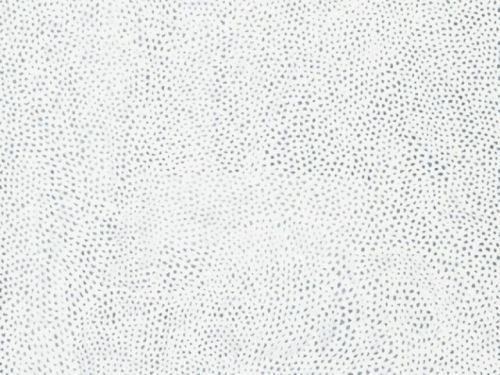
Fig 4: Yayoi Kusama’s Infinity Nets (1958–60), acrylic on canvas
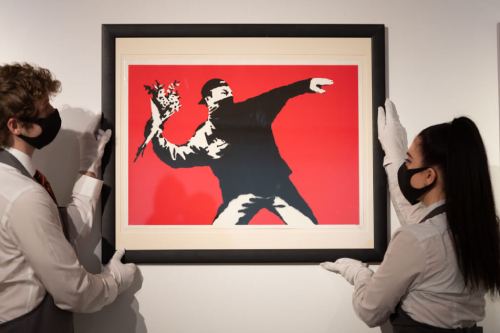
Fig 5: Banksy’s Flower Thrower (2003/5): The Ephemeral Trade of Protest Art
Digital and Sustainable Minimalism
In the NFT space, Rafał Rozendaal's single-color animations command 220 ETH ($660K), while Dmitri Cherniak's algorithmic Ringers series averages 85 ETH. The digital minimalist market shows 65% year-over-year growth. Simultaneously, Eva Berendes' fabric-and-steel wall reliefs ($45-75K) and Tomás Saraceno's biodegradable installations ($250-500K) command 20-30% premiums over conventional works, signaling strong collector demand for sustainable art.[12]
Emerging Minimalist Artists
Alicja Kwade's steel/stone conceptual works ($300-600K), Ann Veronica Janssens' light installations ($150-400K), Josiah McElheny's glass sculptures ($80-250K), and Tauba Auerbach's geometric paintings ($150-300K) demonstrate how contemporary practitioners expand minimalism's boundaries while maintaining its core principles.[13]
Market Dynamics and Future Outlook
Recent trends show a 40% surge in primary market inquiries at leading galleries, while auction houses introduce dedicated minimalist sales. Online platforms report 65% growth in sub-$50K transactions. Collector motivations center on visual longevity, spatial versatility, and conceptual engagement. Projections indicate continued 10-15% annual price growth and increased museum acquisitions.[14]
The Enduring Power of Reduction
From Judd's industrial precision to Banksy's street simplicity, from Kusama's early experiments to cutting-edge digital works, minimalism continues evolving while retaining its core philosophy. As MoMA prepares its 2025 survey, the movement confirms that in our complex world, the power of reduction remains more valuable than ever.[15]
Essay by malihe Norouzi / Independent Art Scholar
References
1. Madavi (2024) Minimalistic design: the hottest trend in 2024. Available at: https://madavi.co/minimalistic-design-the-hottest-trend-in-2024/ (Accessed: 25 March 2025).
2. Chave, Anna. C. (2008) 'Revaluing minimalism: patronage, aura, and place', The Art Bulletin, 90(3), pp. 466-486. (Accessed: 15 September 2017).
3. BuyWallArt (2024) What art is selling in 2024. (Accessed: [28 March 2025).
4. Madavi (2024) Minimalistic design: the hottest trend in 2024. (Accessed: 25 March 2025).
5. Interior Architects (no date) When less is more or less is a bore. (Accessed: 25 March 2025).
6. Chave, Anna. C. (2008) 'Revaluing minimalism: patronage, aura, and place', The Art Bulletin, 90(3), pp. 466-486. (Accessed: 15 September 2017).
7. Ibid.
8. Wilkin, Karen. (2014) 'Perfect unlikeness: Donald Judd as critic', Artforum, 52(8). (27 March 2025).
9. BuyWallArt (2024) What art is selling in 2024. (Accessed: [28 March 2025).
10. Madavi (2024) Minimalistic design: the hottest trend in 2024. (Accessed: 25 March 2025).
11. BuyWallArt (2024) What art is selling in 2024. (Accessed: [28 March 2025).
12. Ibid.
13. Ibid.
14. Ibid.
15. Ibid.
Image Credits:
Fig 1: Donald Judd, Untitled (1980): The Paradox of Permanent Aluminum. (Accessed: 26 March 2025)
Fig 2: Agnes Martin’s Minimalist Masterpiece: Untitled 5 (1977), Pencil and Acrylic Grid. (Accessed: 26 March 2025)
Fig 3: Carl Andre’s Metallic Grid: 37 Pieces of Work (1969), Magnesium Floor Installation. (Accessed: 26 March 2025)
Fig 4: Yayoi Kusama’s Infinity Nets (1958–60), acrylic on canvas. (Accessed: 26 March 2025)
Fig 5: Banksy’s Flower Thrower (2003/5): The Ephemeral Trade of Protest Art. (Accessed: 26 March 2025)
